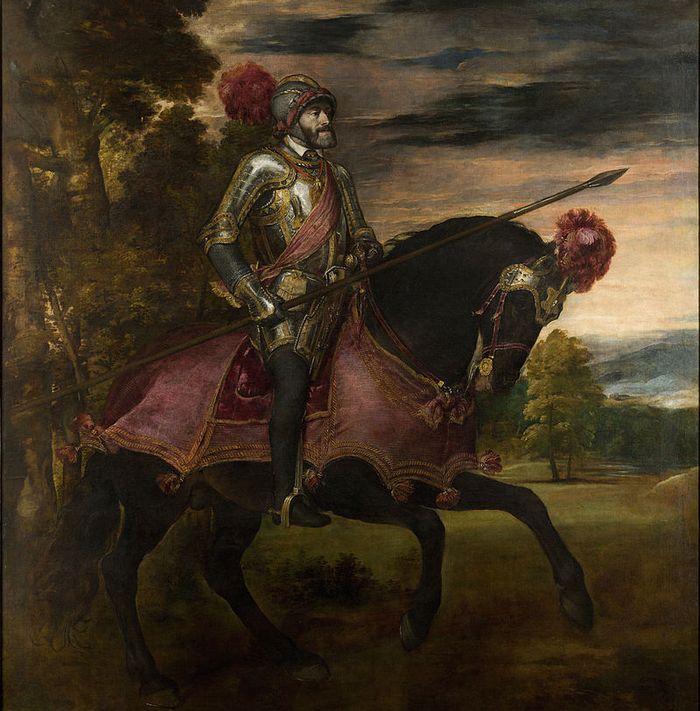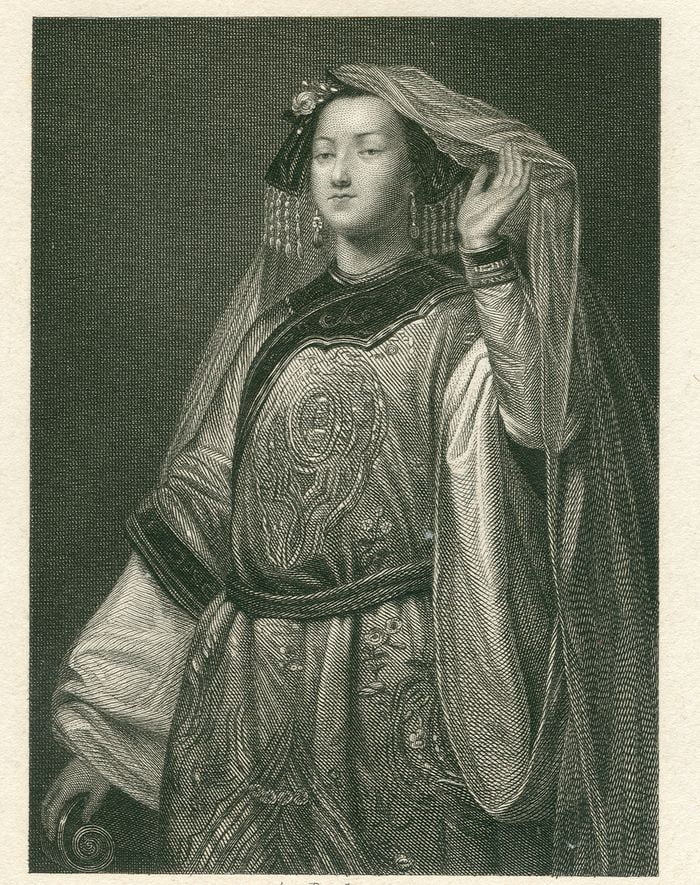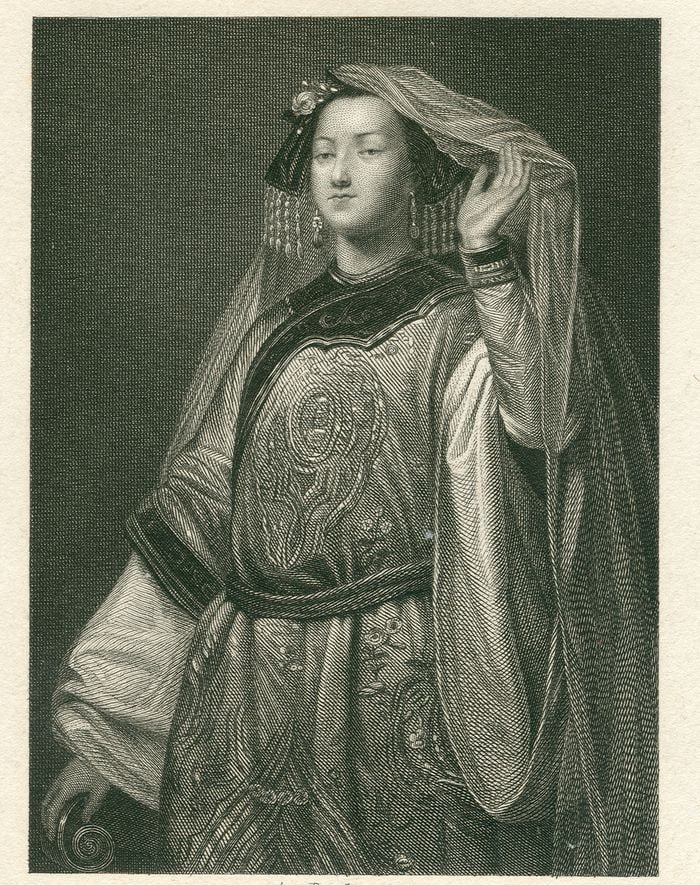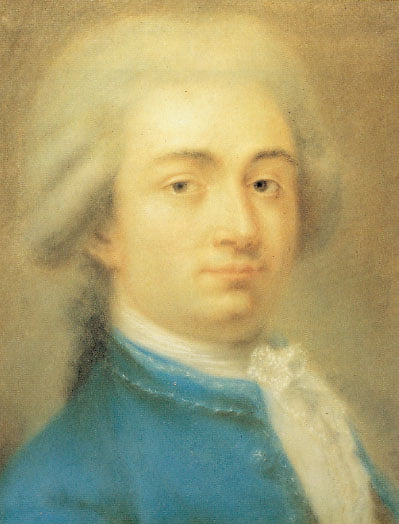The Venetian Silk-Mercer – Carlo Gozzi (1720—1806)
After the first outburst of the Renaissance, Italy entered upon a period of intellectual and artistic decline extending into the Nineteenth Century; the Eighteenth, a fertile period in other countries, contains but one notable Italian figure, Count Carlo Gozzi. He is generally remembered for his plays but his fairy tales are quite as charming. His work exerted considerable influence over the German Romanticists, especially Schiller and E. T. A. Hoffmann.
The present version is translated by Thomas Roscoe, and reprinted from his Italian Novelists, London, no date. The story has no title in the original.
The Venetian Silk-Mercer
The Venetian Silk-Mercer – Happening to recollect an amusing incident that occurred in my own times at the Church of Santi Ermacora and Fortunato (which the Venetians, making two saints into one, call the Church of Santo Marcuola), I will repeat it to you as follows. Messer Gherardo Hcnvenga was a Venetian silk-mercer, a very pleasant and good kind of man, and as creditable as you would wish to find any tradesman.
Rising early, as usual, one Sunday morning, being the day he had fixed upon, to save time, for the payment of the half year’s rent of his shop, he was no sooner washed and dressed than he counted out the money. “First of all,” he says, “I will go to mass, after putting these ten sequins in my purse, and when I have heard mass, I will just step and despatch I his other little affair.” He had no sooner said it than he snatched up his mantle, crossed himself devoutly, and sallied forth.










